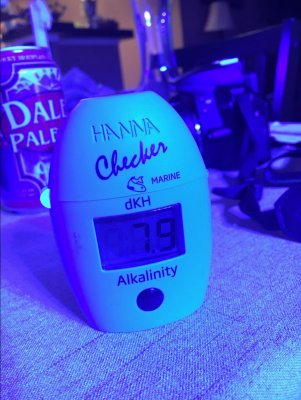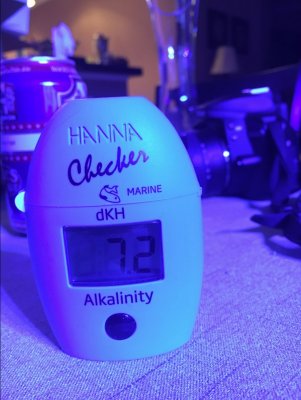- Joined
- Oct 8, 2016
- Messages
- 1,902
- Reaction score
- 1,343
Thank you for the responseHanna Instruments here, thank you for using our products.
The HI755-26 Marine Alkalinity Reagent follows the Colorimetric Method in which the reaction causes a distinctive range of colors from yellow to green to blue to develop. When keeping this reagent you need to store it at room temperature (+15°C to +25°C) (59F-77F) and protect from light and moisture.
Keeping the Alkalinity regent in an aquarium cabinet near a sump is not ideal. It’s very common for the stand of an aquarium to exceed 77F, especially if you are running lights for a refugium, have pumps or other electronic equipment near the reagents. In addition aquarium stands tend to be very humid environments and thus not ideal for storage of reagents. Please keep your reagents in a cool, dry place that doesn’t have great variations in temperature or moisture levels. All of our reagents come with a Safety Data Sheet listed on their product page on our website. If you go to the safety data sheet there will be a section for handling and storage for each reagent.
Finding “chunks” in your HI755-26 reagent is no cause for concern. There are no reportable problems associated with “chunks” and you can gently shake the bottle before use to mitigate any particulates. Should you see "chunks" in your cuvette we recommend letting them settle to the bottom or rise to the top before preforming analysis.
If you have any questions, comments and problems with your reagents or any other Hanna product, please contact [email protected] or call 877-MY-HANNA. We value our customers and strive provide the best experience for your testing needs.




















